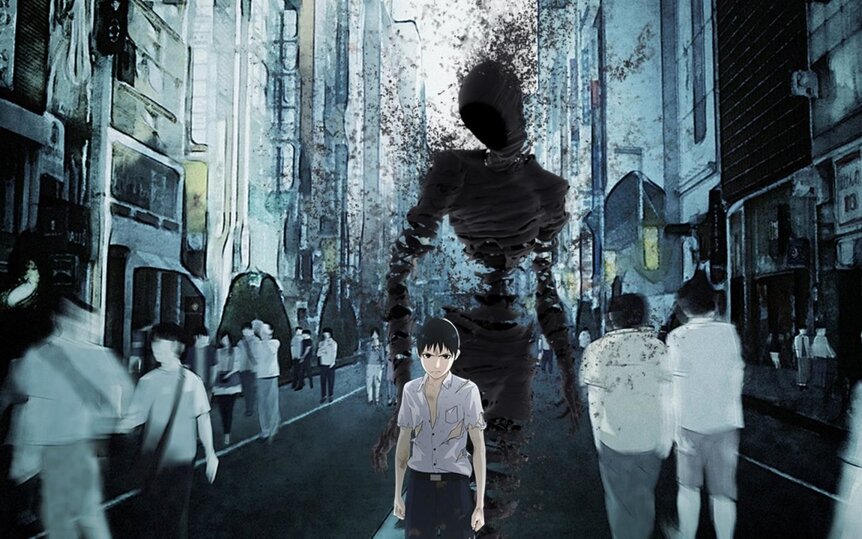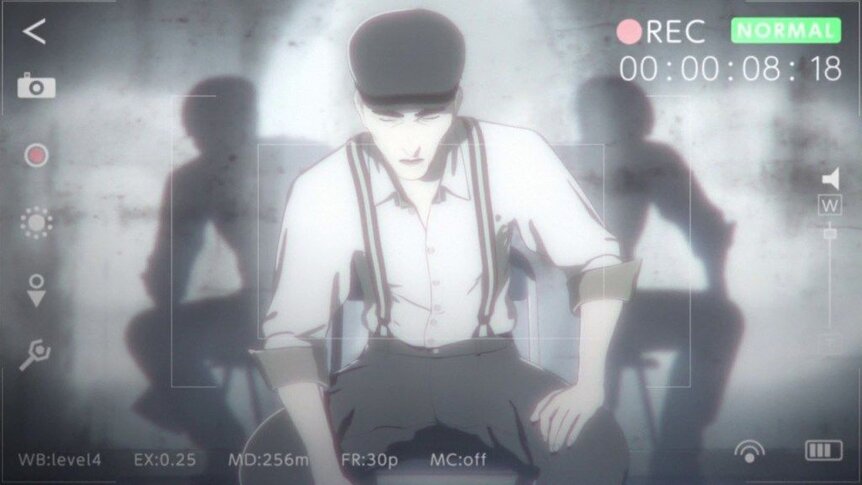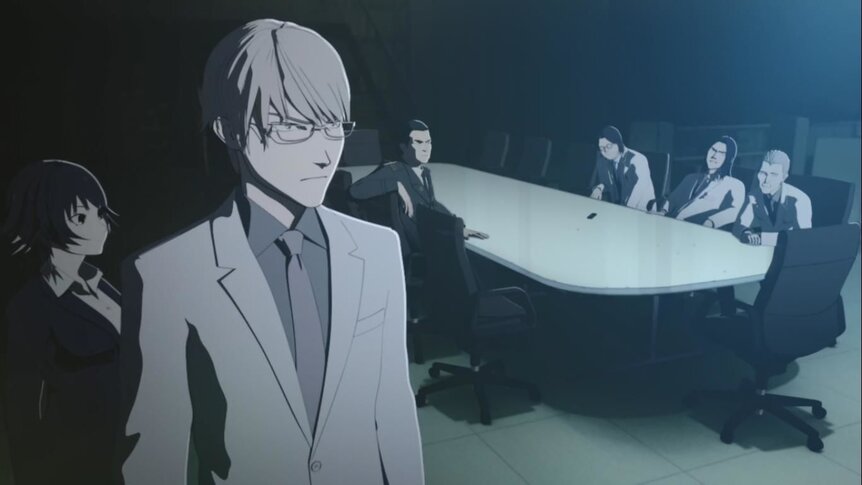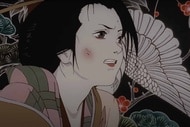Create a free profile to get unlimited access to exclusive videos, sweepstakes, and more!
Stream This: Netflix's Ajin: Demi-Human is one of the best horror anime (despite the animation)
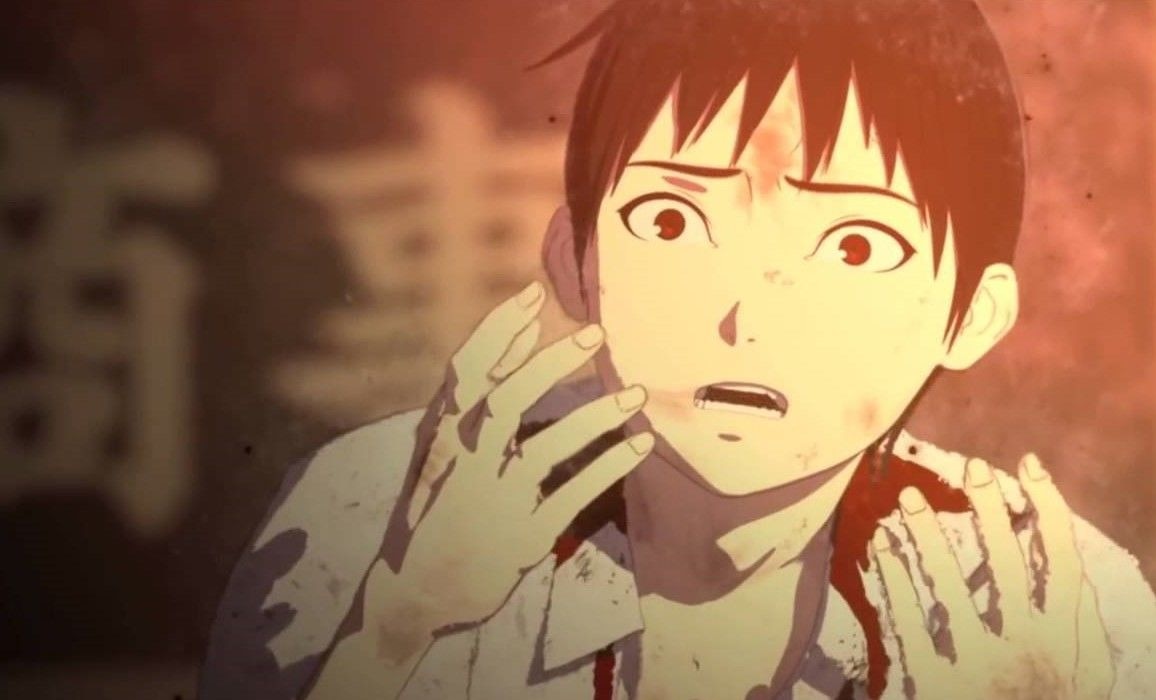
There is only one way to find out if you're immortal in Netflix's Ajin: Demi-Human: You have to die first.
Take Kei Nagai, for instance. He's an honor high school student. A cocky pre-med with perfect test scores, Kei has a cold, detached personality that helps him in his quest for excellence. He's condescending to those who he feels don't live up to his standards, including his family and even his childhood friend Kaito, the motorcycle-riding school "delinquent."
All of that changes the day Kei is walking home from school and is hit head-on by a truck. He's dead on contact.
Moments later, his destroyed body begins to knit itself back together and Kei, along with everyone else who witnesses the miracle, realizes that he is a demi-human or Ajin.
The top-rated Ajin: Demi-Human manga series, written by Tsuina Miura and Gamon Sakurai, on which the anime is based still holds publication records in Japan today, and both the movie and series adaptations were directed by Hiroaki Andō and written by Hiroshi Seko, with animation by Polygon Pictures. This is the same team that created Knights of Sidonia, the 3D anime series that was also Netflix's first anime. In fact, the 3D animation style (similar to Rooster Teeth's RWBY) was many fans' biggest complaint about Ajin. Even hardcore fans of the manga used to more traditional 2D productions (think Cowboy Bebop or Castlevania) had trouble adjusting to the floaty, dark style of the show. The show became popular despite this unease, however, and Netflix has never removed the 27-episode, two-season series since its premiere.
No one in the world of Ajin: Demi-Human knows where these immortal beings came from, but the first recorded sighting was 17 years prior somewhere in Africa, when a western soldier began murdering locals, and every time he was killed, the soldier just regenerated. He could only be stopped when he was tranquilized and restrained while unconscious by a covert government extraction team. Since then only 46 Ajin have been identified, and only two in Japan ... well, three as of Kei's resurrection.
Ajin aren't gods, aliens, or zombies. There is no necromancy involved. They are simply immortal — mutants of human origin who are either evolving or transcending; they can literally recover from anything, even if they are dismembered, burned, or, in one Ajin's case, mutilated.
Demi-humans' existence is not a secret in this world. In fact, that's Kei's biggest problem, as the government has offered the public monetary rewards for the identification and safe capture of any Ajin so they can be protected. This turns Kei's accident into the biggest bounty hunt ever. The only one willing to help him is Kaito, who, despite everything, still sees Kei as his bestie from childhood. Civilians aren't the only ones after them, either. A special Ajin task force led by Yū Tosaki, a high-ranking member of the Ministry of Health, Labor and Welfare, and his partner, the diminutive Izumi Shimomura, are on the hunt for them as well.
Kei and Kaito are forced to make some crazy decisions to stay alive, including the time Kei breaks his leg after being thrown from Kaito's bike. Severely injured, he quickly decides to slit his own throat and die so that he can resurrect himself fully healed and keep going.
Kei's powers and the rules that bind them are one of the most fascinating parts of the show. Every Ajin is tethered to an IBM (Invisible Black Matter) or "black ghost," an imposing, shadowy, faceless figure with sharp teeth and claws. Invisible to the human eye, every ghost displays slightly different characteristics. Most mimic the emotions and the will of their Ajin hosts, but Kei is extraordinary and his "ghost" can move about independently of him. The IBM are as fierce and beautiful as their animation style (less 3D and more hand-drawn) and become one of the most engrossing mysteries of the series. Once Kei learns to harness his IBM's power (which is exponentially more deadly than most), he appears to be one of the most formidable Ajin ever seen.
That is, until we meet Sato.
Any plot is only as good as its antagonist, and that comes in the form of sinister Sato. A fellow Ajin, Sato appears as a jovial yet surprisingly fit old man who wants to help Kei understand his newfound immortality. But what is soon revealed is that the gray-haired father figure has a more violent view of Ajin's place in society.
Sato isn't entirely unjustified in his rage, however. The government "protection" mentioned earlier consists of captured Ajin being tortured and experimented on because of their ability to heal. Sato, convinced that he can convince Kei to wield his "ghost" for the freedom of other Ajin, is more than a little displeased with the fact that Kei really has no interest in liberating Ajin or anyone else for that matter.
Including his friends.
Ajin: Demi-Human, at its core, is about the dichotomy of human behavior. Kei plays the part of the antihero; he is cold, calculating, and tends to show some sociopathic tendencies. Even Kei's Ajin can only be directed by telling it to do the opposite of what Kei wants it to do. Whereas Sato, the terrifying villain, does everything with a half-smile on his face, even when he's resorting to incredibly heinous acts of violence, which he always carries out in the name of "justice." Even government lackey Yu Tosaki, who reveals a softer, more sympathetic side as the show progresses, is basically in charge of a Sentinel program for Ajin. More disturbing is why Izumi helps him.
Season 1 is really Kei's origin story, his life on the run and how his choices and his powers begin to affect those closest to him. Season 2, although less physically violent, feels more tense and frightening because Sato's character is raised to Hannibal Lecter-levels of psychological warfare with the government, humans, and even other Ajin. With occasional breaks to dive into character histories (even lesser characters get origin stories), Sato's foreboding presence lurks behind each episode. But the directors left the most violent scenes for the climactic end, which was executed masterfully.
Unlike other horror anime, what makes Ajin really work is what you can't see.
Oh, there's plenty of violence and, yes, much of it directed towards Ajin, who repeatedly die in myriad bloody ways (because they can come back). But instead of assaulting us visually, the show is edited in such a way that the truly scary bits are left to the viewers' imagination.
Ajin: Demi-Human is an incredible series with equally impressive writing, and if you can get past the choppy 3D animation, you're in for a fantastic ride of a binge-watch.
